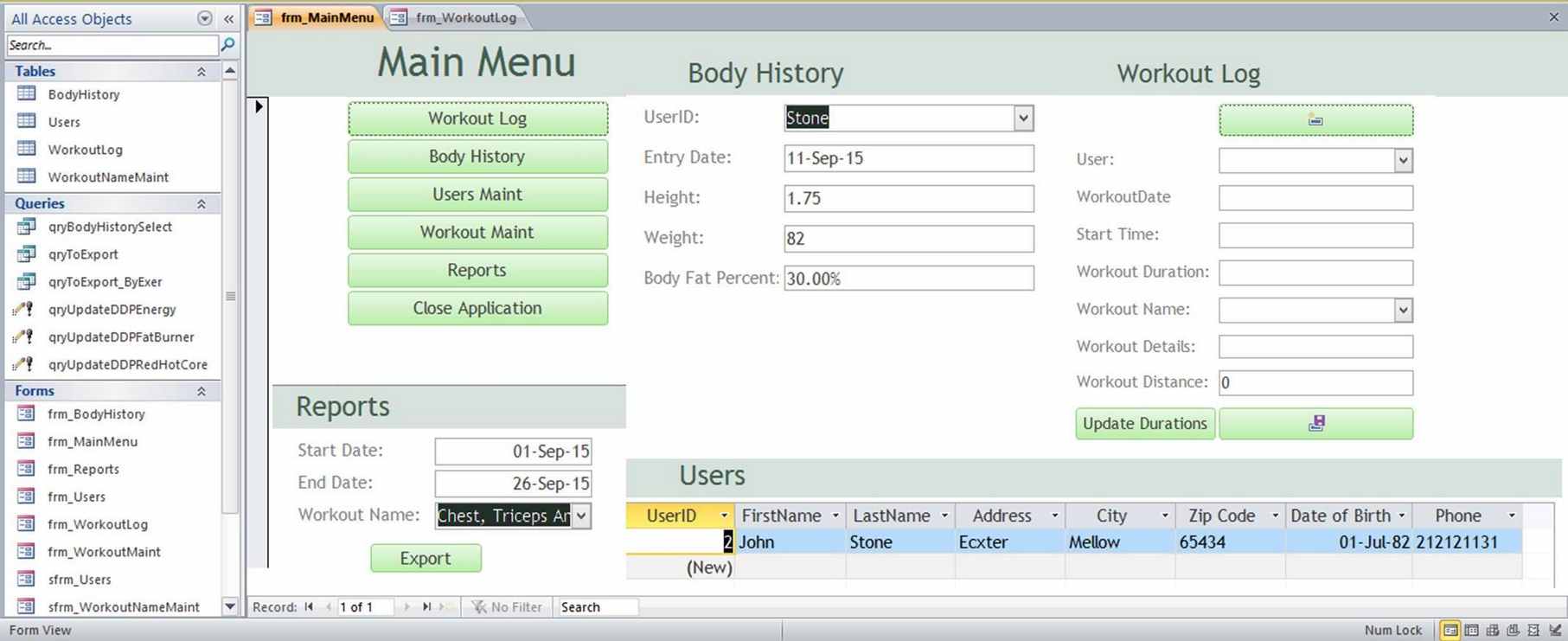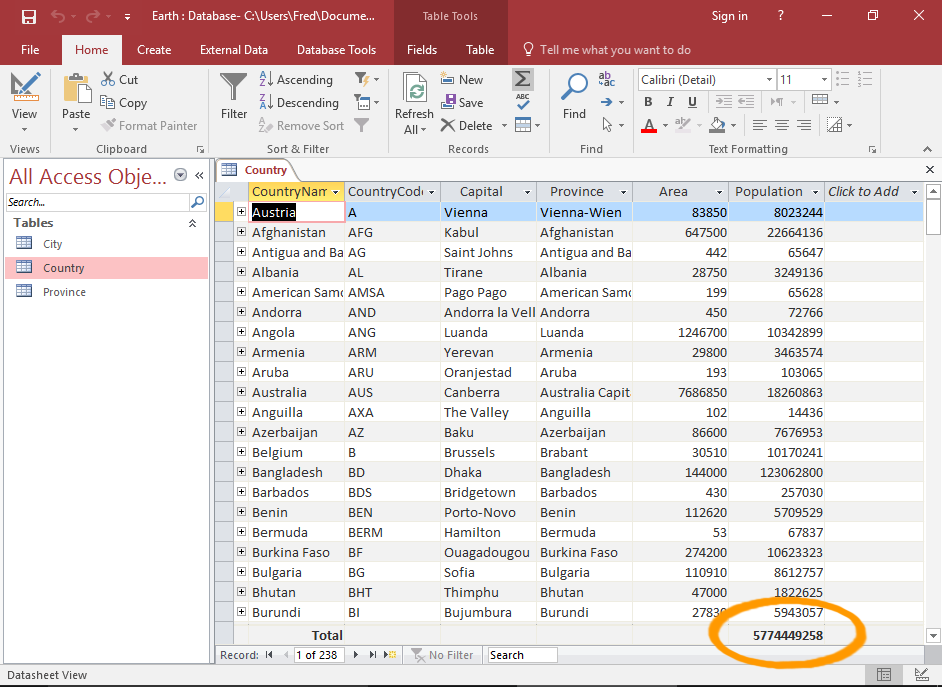- The goal of the distance learning plan is to create equity through additional educational offerings for all Alabama public high school students.
- Federal law prohibits the Department of Children and Families from discriminating. Find out more.
- Access Integration Analyze and visualize your Access data. Centralize your data, simplify it with queries you create, and share it in highly visual reports.
- My Access Benefits
- Welcome To Access Online
- Access.wisconsin.gov
- Access Florida My Account
- Access Florida
Hf patch oppai slider 2 english torrent free. Forms in Access are like display cases in stores that make it easier to view or get the items that you want. Since forms are objects through which you or other users can add, edit, or display the data stored in your Access desktop database, the design of your form is an important aspect. If your Access desktop database is going to be used by multiple users, well-designed forms is essential for efficiency and data entry accuracy.
There are several ways of creating a form in an Access desktop database and this article points you to some of the common ways.
My Access Benefits
What do you want to do?
Create a form from an existing table or query in Access
To create a form from a table or query in your database, in the Navigation Pane, click the table or query that contains the data for your form, and on the Create tab, click Form.

Welcome To Access Online
Access creates a form and displays it in Layout view. You can make design changes like adjusting the size of the text boxes to fit the data, if necessary. For more information, see the article on using the form tool.
Create a blank form in Access
- To create a form with no controls or preformatted elements: On the Create tab, click Blank Form. Access opens a blank form in Layout view, and displays the Field List pane.
- In the Field List pane, click the plus sign (+) next to the table or tables that contain the fields that you want to see on the form.
- To add a field to the form, double-click it or drag it onto the form. End of life for windows server 2003. To add several fields at once, hold down CTRL and click several fields, and then drag them onto the form at the same time.Note: The order of the tables in the Field List pane can change, depending on which part of the form is currently selected. If you are not able to add a field to the form, try selecting a different part of the form and then try adding the field again.
- Use the tools in the Controls group on the Form Layout Tools tab to add a logo, title, page numbers, or the date and time to the form.
- If you want to add a wider variety of controls to the form, click Design and use the tools in the Controls group.
Create a split form in Access

Access.wisconsin.gov
A split form gives you two views of the data at the same time — a Form view and a Datasheet view. Sniper elite nazi zombie trainer. Working with split forms gives you the benefits of both types of forms in a single form. For example, you can use the datasheet portion of the form to quickly locate a record, and then use the form portion to view or edit the record. The two views are connected to the same data source and are synchronized with each other at all times.
